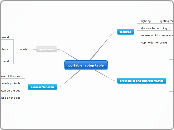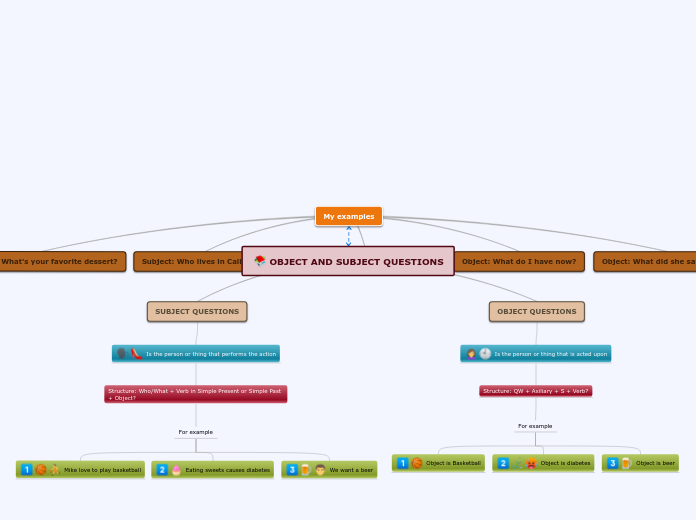Macronutrients: 4 main types of nutrients required in large amounts
Type in the name of the novel and movie you are going to compare and contrast.
Example: Great Expectations.
Essential nutrients: nutrients an organism can only get from its environment
Nuleic Acids
DNA and RNA
carbon/oxygen/hydrogen/phosphorous
nucleotides
Proteins
Restate your thesis while avoiding repetition.
Restate the differences between the book and the movie.
DNA codes
enzymes
immune system
muscle development
Restate the similarities between the novel and the movie, but try to avoid repetition (this will help if you write an essay afterward).
carbon/hydrogen/oxygen/nitrogen
monomer: amino acids
Lipids(fats)
Use point-by-point organization in the body section to present the characteristics briefly stated in the thesis.
This means that if you use this draft to write a compare and contrast paper, each characteristic will be introduced in a separate paragraph.
Function
build cell membranes
How is the movie different from the novel?
Type in a short explanation. Use 'like', 'same as' or 'similar' for comparison, and 'unlike', 'differ from' and 'although' for contrasting.
long-term energy source
Structure
Carbon/hydrogen/oxygen
Fatty acids+glycerol
How is the novel different from the movie?
Type in the answer. Use 'like', 'same as' or 'similar' for comparison, and 'unlike', 'differ from' and 'although' for contrasting.
Carbohydrates
The introduction provides background information for both the book and the movie.
polysaccharides
heteropolysaccharides: contain 2 or more types of monosaccharides
homopolysaccharides: contain only a single type of monosaccharide
cellulose
hydrogen bonds connect each polysaccharide
unbranched homopolysaccharides consisting thousands of b-glucose
structural component of plant cell walls
extran
a103 glycosidic bond and a1-6
structural component in bacteria and yeast
glycogen
branch point occur every 8-12 residues
storage of a-glucose in animals
starch
branch points occur every 24-30 glucose residues
amylopectin: branched/a 1-4 bonds and a1-6 bonds
amylose: unbranched/only a1-4 glycosidic bonds
built with glucose molecules
storage form in plants
most carbohydrates in nature occur in this form
oligosaccharides
maltotriose: three glucose bonded together
short chain of monosaccharides
less than 20
disaccharides
sucrose: a-glucose + b-fructose
formed by plants and not by animals
b-fructose is flipped over
C1 of glucose and C2 of fructose is involved
glucose a1-b2 fructose bond
lactose: b-glucose + b-galactose
found in milk
b 1-4 bond
maltose: alpha glucose+alpha glucose
glycosidic linkage: alpha 1-4 bond
formed by bonding two monosaccharides through condensation reaction
hydrolysis(reverse): reaction in which H2O is absorbed
condensation: reaction in which H2O is released
Create a thesis statement in which you briefly compare and contrast the book and the movie.
fructose
galactose
glucose: main source of energy for humans / 6 carbons
beta configuration: OH group on C1 and C6 are pointing the same direction
alpha configuration: the hydroxyl group on C1 is pointing towards the opposite of the OH on C6
smallest units of any carbohydrates
function
fast energy source
Type in the name of the main character.
This has to be the same for both the book and the movie.
glycosidic bond(linkage)
covalent bond that joins a sugar molecule to another group
monosaccharides
polymer
chemical molecule made up of many smaller monomers joined together
monomer
small chemical molecules that can be connected to make larger molecules
IMF
structure
shape and size of the molecule is important too
related to the types of functional groups









